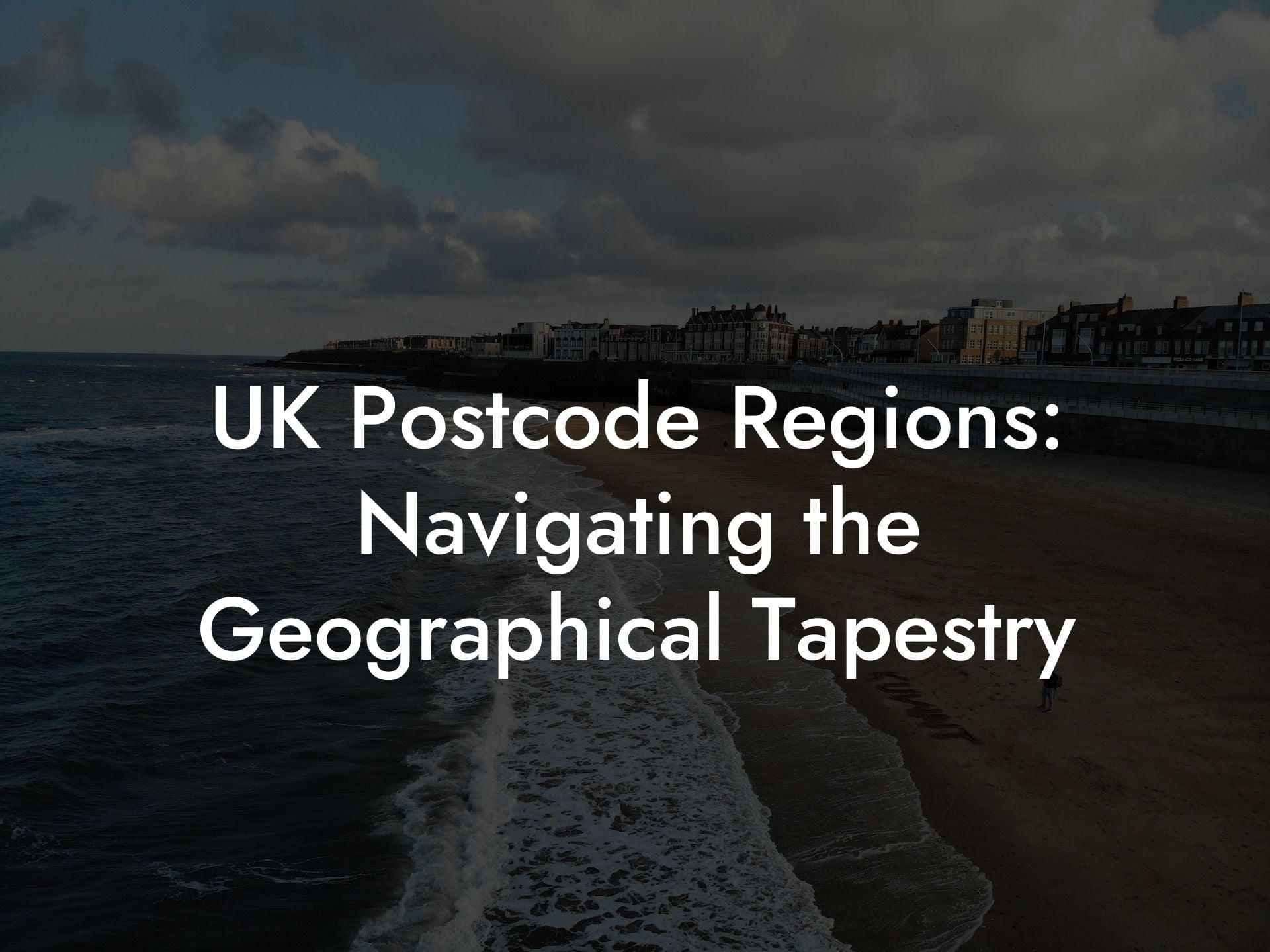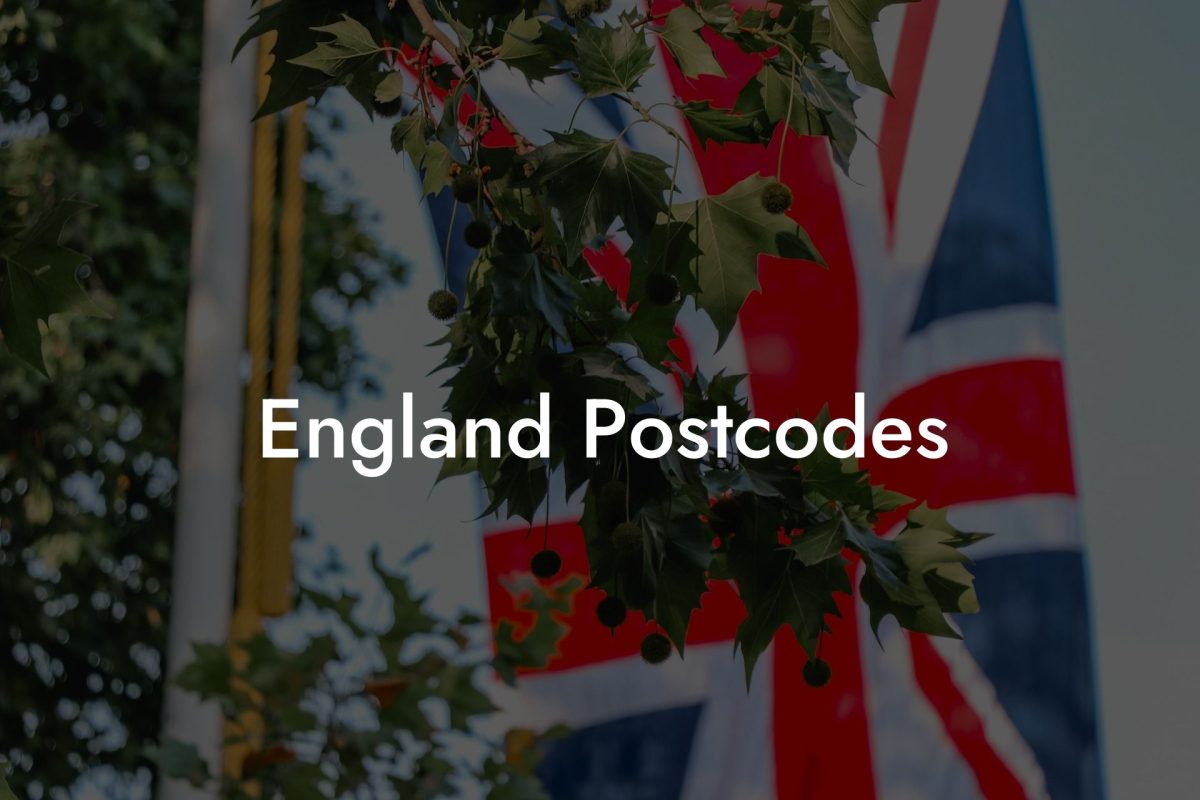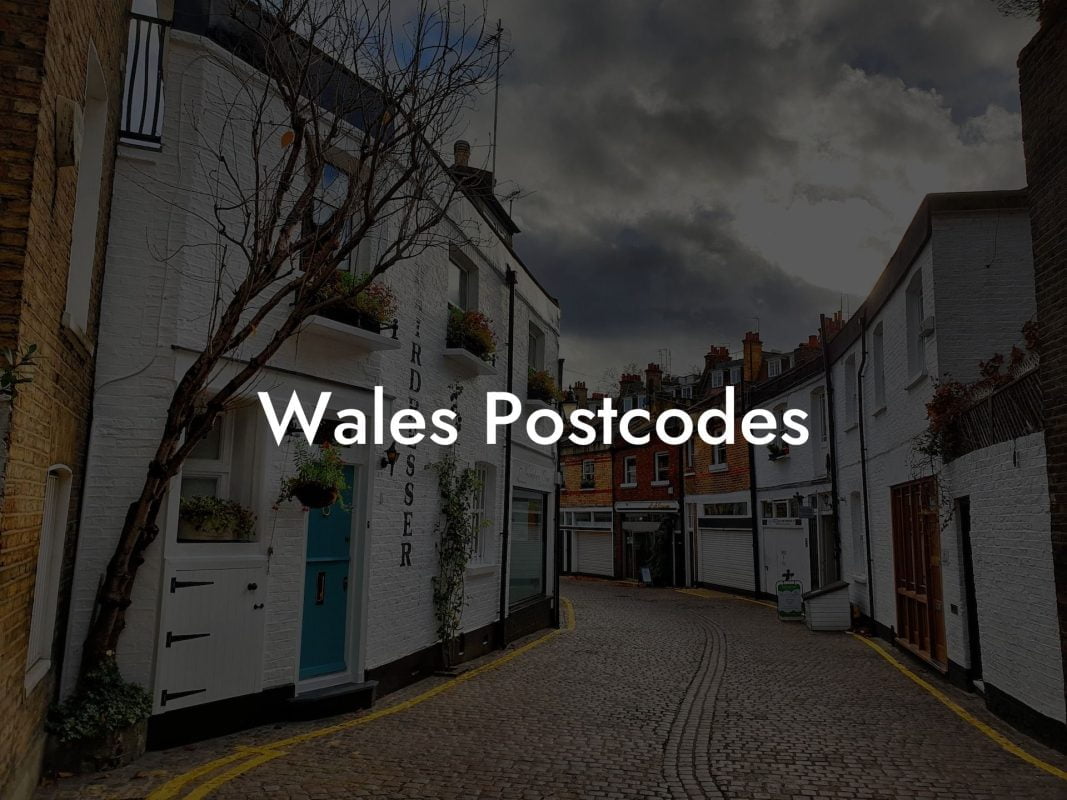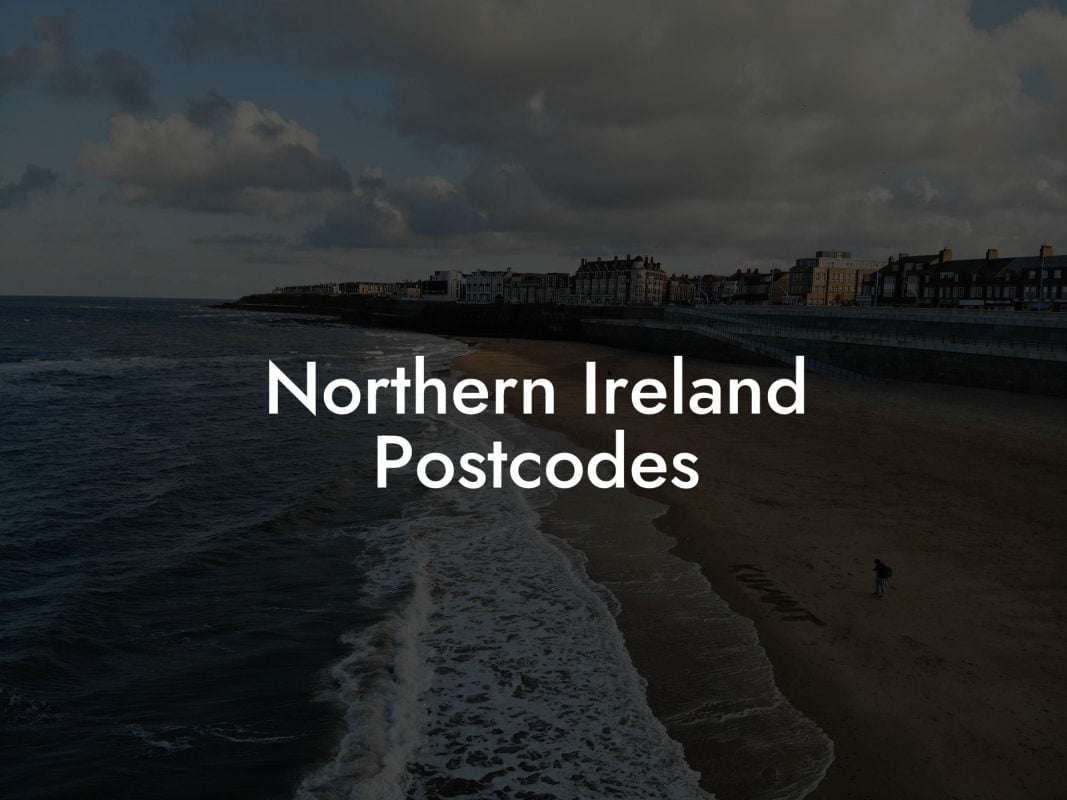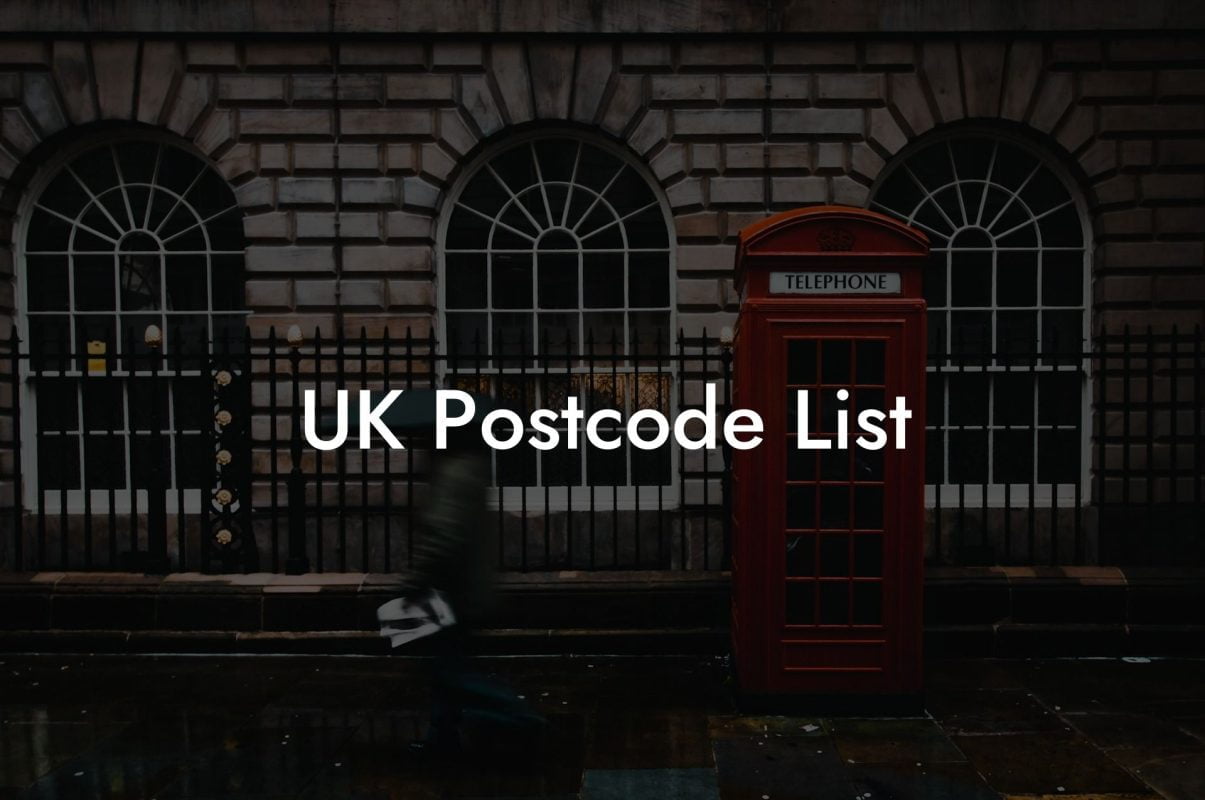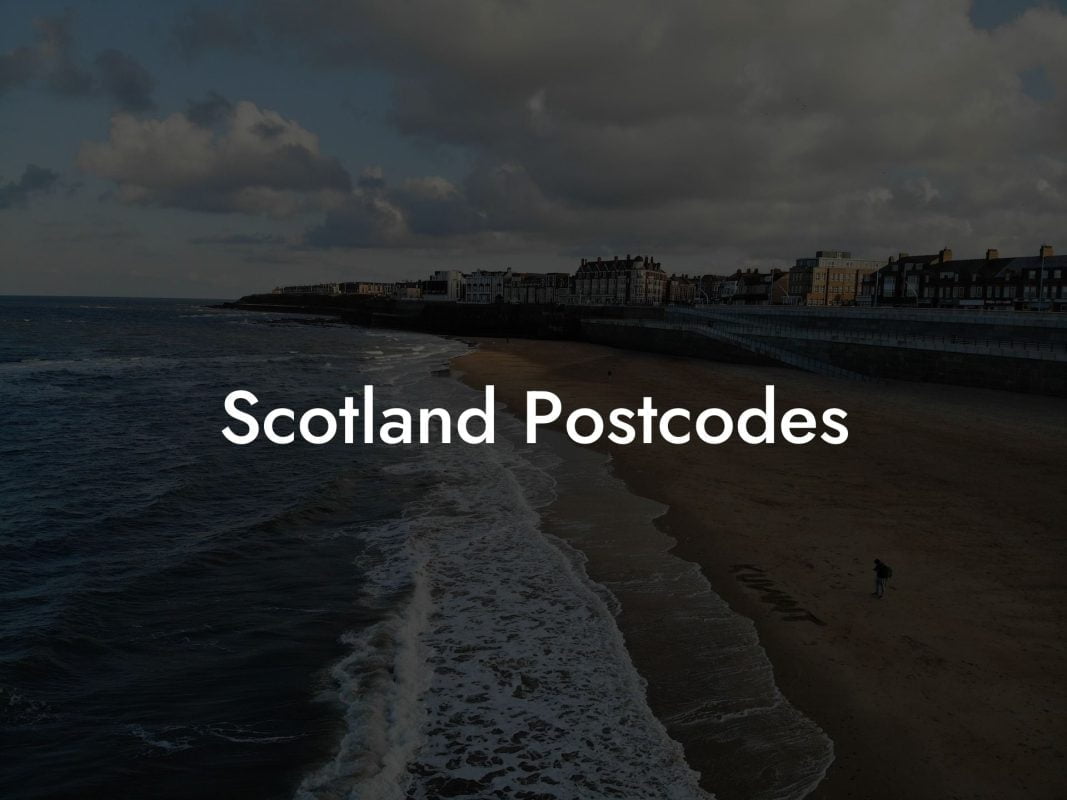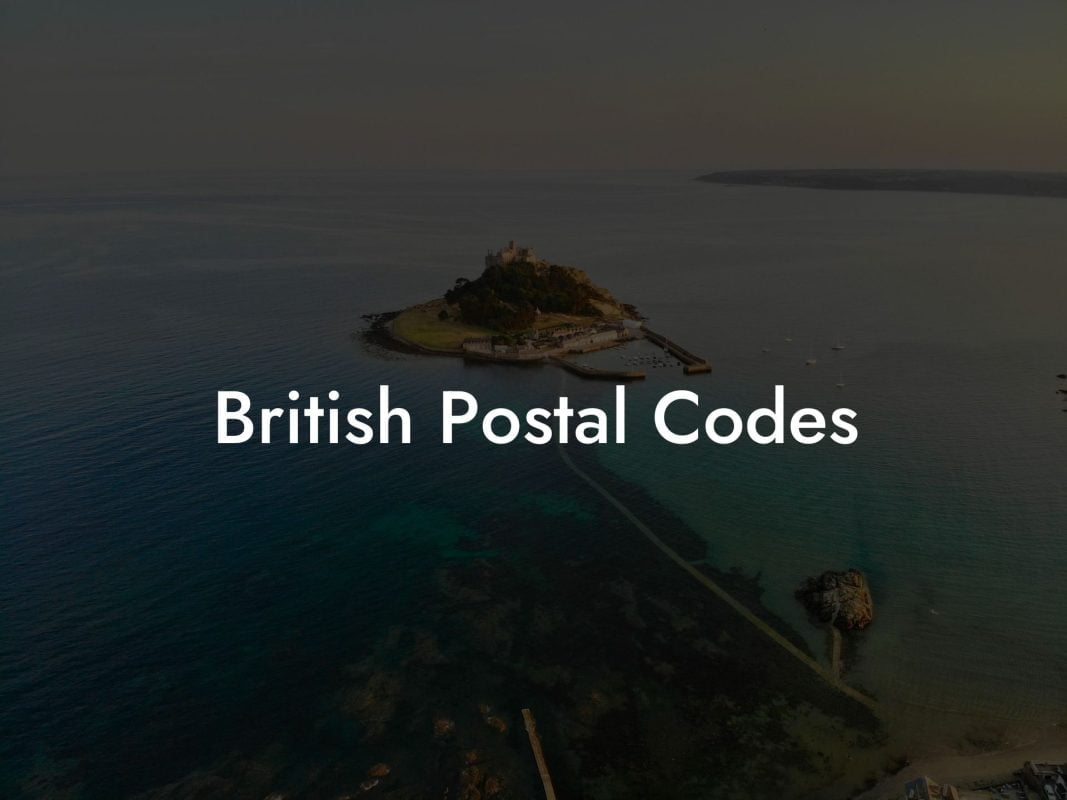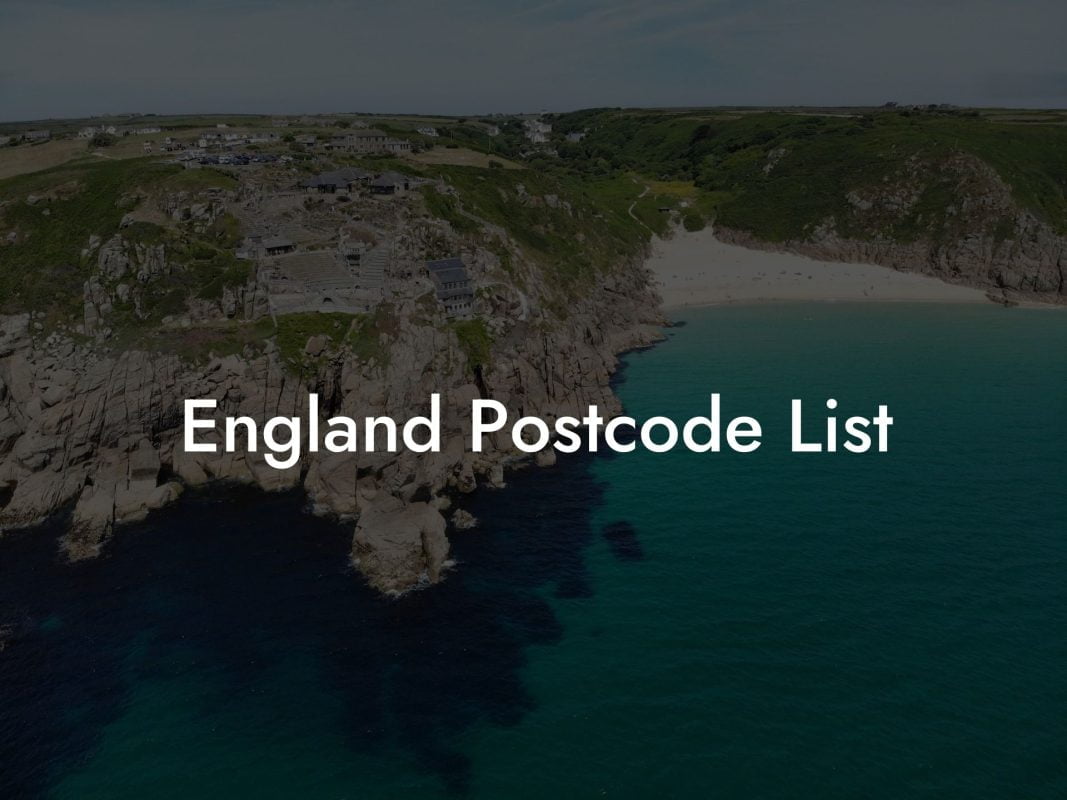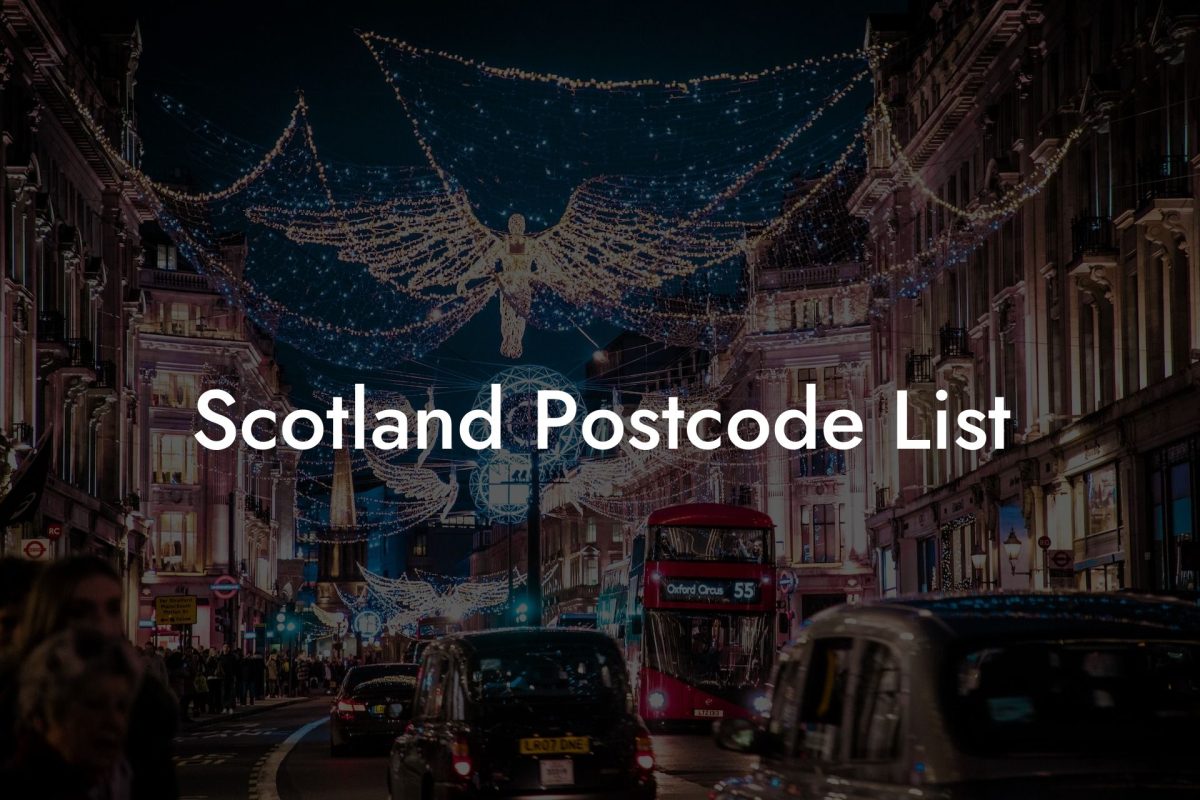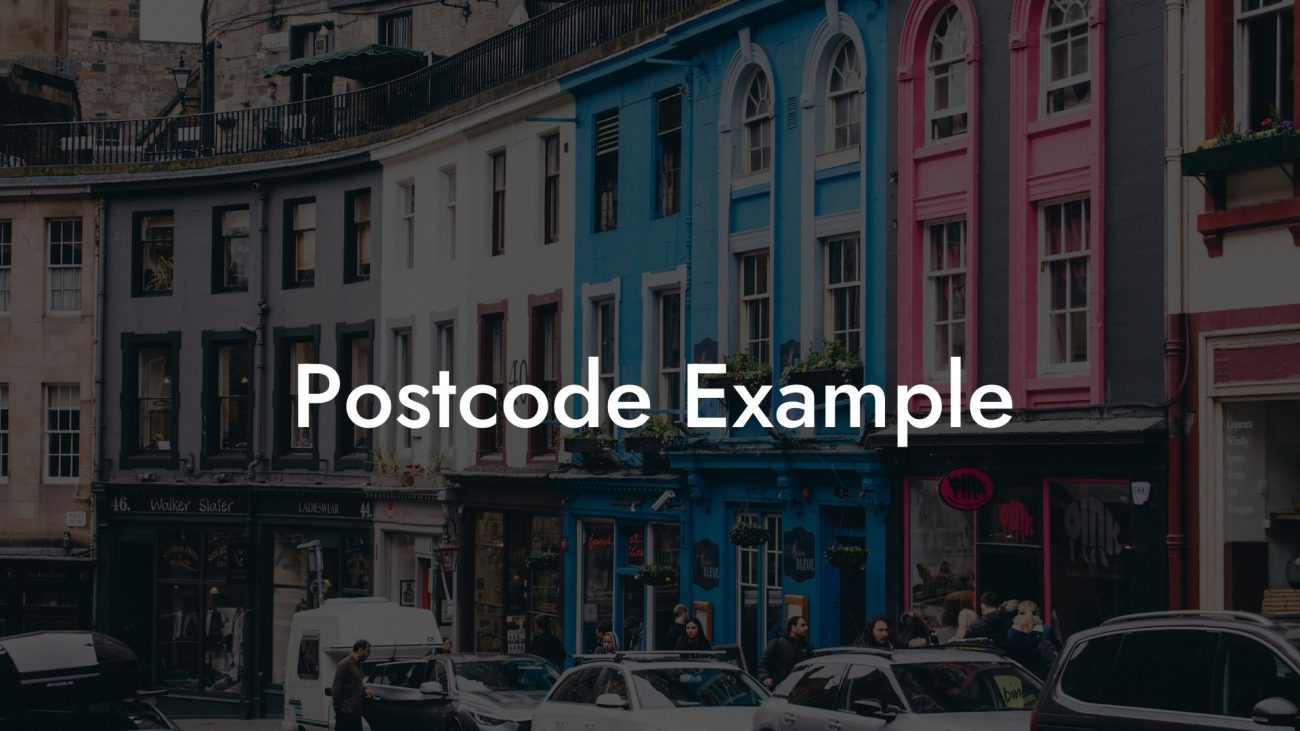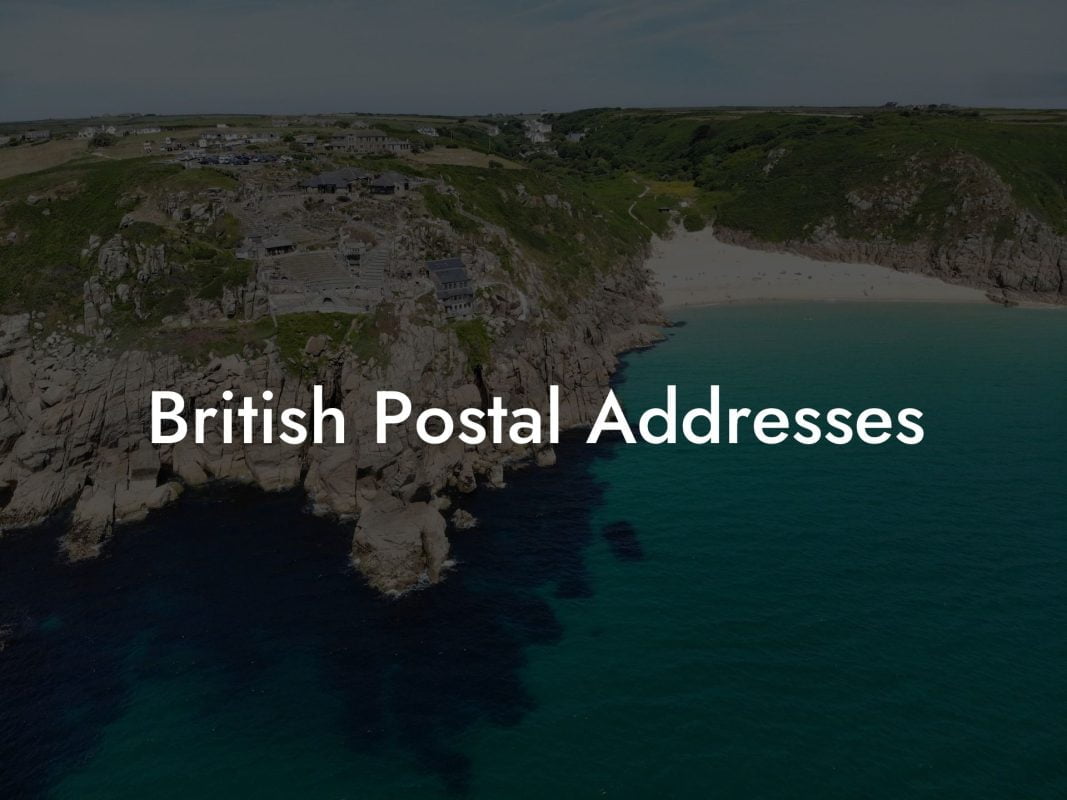The Mosaic of UK Postcodes
The United Kingdom's postcode system is a complex and detailed mosaic that reflects the geographical and cultural diversity of the country. Each postcode region plays a crucial role in addressing, navigation, and service delivery. This article provides a comprehensive overview of UK postcode regions, their structure, and their significance, offering essential insights for businesses, services, and residents alike. With the UK Postcode Database, navigating this complexity becomes a seamless experience.
Are you working on a Product, Service, App or Research Project that needs UK Postcode & location data? Get a free sample of our UK Postcode Database today. Find out more →
UK Postcode Regions: Navigating the Geographical Tapestry Table of Contents
Understanding the UK Postcode System
Breakdown of UK Postcode Regions
Navigating the Regions: From North to South
The Role of Postcode Regions in Services and Logistics
Utilizing the UK Postcode Database
Best Practices for Businesses and Services
Understanding the UK Postcode System
The Anatomy of a Postcode
A UK postcode is a sequence of alphanumeric characters that breaks down into several components, each representing different geographical levels. From the broad postcode area to the precise postcode unit, this system ensures every location can be accurately identified and reached.
The Role of Postcode Regions
Postcode regions are the initial letters in the postcode, defining broad geographical areas across the UK. They are the first step in narrowing down locations from the country level to specific neighborhoods and addresses.
Breakdown of UK Postcode Regions
Major Postcode Regions
The UK is divided into several postcode regions, each denoted by one or two letters. These include areas like 'L' for Liverpool, 'E' for East London, and 'SW' for South West London. Each region covers a specific geographic area, which can range from a single city to a wider region.
The Significance of Each Region
Each postcode region is unique, with its own character and demographic profile. Understanding these regions is vital for businesses and services targeting specific areas, as well as for logistics and planning.
Navigating the Regions: From North to South
The Northern Regions
Explore the postcode regions of the North, from the Scottish highlands with areas like 'AB' for Aberdeen, to the urban centers like 'M' for Manchester. Each region has its own distinct identity and needs.
The Southern Regions
In the South, regions like 'SE' for South East London and 'BH' for Bournemouth represent a mix of bustling metropolitan areas and serene coastal towns, each with unique postal requirements.
The Role of Postcode Regions in Services and Logistics
Efficient Mail and Parcel Delivery
Postcode regions are the first step in ensuring mail and parcels are routed correctly and efficiently, reducing the chances of misdelivery and delays.
Planning and Resource Allocation
For services ranging from healthcare to retail, understanding postcode regions helps in planning and allocating resources effectively, ensuring that the needs of different areas are met.
Challenges and Considerations
Keeping Up with Changes
Postcode regions can change, with new areas being added or boundaries being redrawn. Staying updated with these changes is crucial for maintaining accuracy in addressing and services.
Regional Variations
The demographic and geographic variations across regions mean that services and strategies need to be tailored to meet the specific needs and characteristics of each area.
Utilizing the UK Postcode Database
Comprehensive Coverage
Our UK Postcode Database offers complete coverage of all UK postcode regions, providing you with accurate and up-to-date information for all your needs.
Seamless Integration
The database is designed for easy integration into your systems, whether for logistics, market analysis, or customer service, ensuring you have reliable data at your fingertips.
Cost-Effective and Reliable
With a one-time payment, you gain access to a vast repository of postcode information, eliminating the need for recurring fees and ensuring you have the most reliable data available.
Best Practices for Businesses and Services
Targeted Marketing and Services
Use the detailed information about postcode regions to tailor your marketing campaigns and services to the specific characteristics and needs of different areas.
Efficient Logistics and Planning
Leverage the postcode data to plan efficient delivery routes, allocate resources effectively, and ensure your services are reaching the right destinations on time.
Mastering UK Postcode Regions with UK Postcode Database
Understanding and navigating the UK's postcode regions is essential for anyone looking to operate effectively across the country. Whether you're a small local business, a large corporation, or a service provider, the UK Postcode Database is your key to unlocking the full potential of postcode data.
With our comprehensive, accurate, and easily integrated data, you can enhance your operations, tailor your services, and ensure that you're always on target. Choose the UK Postcode Database for all your UK postcode needs and navigate the geographical tapestry of the United Kingdom with confidence and precision. Your journey to success starts here.
Frequently Asked Questions
What Are UK Postcode Regions?
UK postcode regions are large geographical areas denoted by the first one or two letters in the postcode. They are the initial part of the postcode and help to categorize the country into broad postal areas.
How Many Postcode Regions Are There in the UK?
There are approximately 124 postcode areas in the UK, each representing a distinct region. These areas are further divided into districts, sectors, and units.
How Are UK Postcode Regions Structured?
Each postcode region begins with one or two letters representing a particular area, such as 'L' for Liverpool or 'SW' for South West London. These letters are followed by one or more numbers and letters that narrow down to a specific location.
What Is the Purpose of Having Postcode Regions?
Postcode regions help to efficiently sort and deliver mail, provide location-based data for services and businesses, and assist in demographic and geographical analysis.
Can Postcode Regions Overlap Geographical Boundaries?
Yes, some postcode regions can cross county or city boundaries, as they are designed more for postal convenience rather than strict adherence to political borders.
How Specific Are Postcode Regions?
Postcode regions are the broadest categorization of areas in the UK postcode system. They provide a general location but are not specific to exact addresses.
How Do Postcode Regions Affect Mail Delivery?
Postcode regions are the first sorting point for mail, helping to quickly direct items to the correct broader area before further sorting is done at district and sector levels.
What's the Largest Postcode Region in the UK?
The largest postcode region in terms of area is IV, representing Inverness in Scotland, covering a large, sparsely populated part of the country.
Are Postcode Regions the Same as Political Regions or Counties?
No, postcode regions are defined by Royal Mail for postal purposes and do not necessarily align with political regions, counties, or administrative boundaries.
How Can I Identify My Postcode Region?
You can identify your postcode region by the first one or two letters in your postcode. Online postcode lookup tools can also provide information on your region.
Do Businesses Use Postcode Regions for Targeting and Analysis?
Yes, businesses often use postcode regions to target specific areas for marketing, to analyze demographic data, or to plan service delivery routes.
How Often Are Postcode Regions Updated?
While the regions themselves rarely change, new districts or sectors within them can be created as needed, usually due to urban development or changes in population density.
What Are the Most Populous Postcode Regions in the UK?
Regions covering major cities like London (E, EC, N, NW, SE, SW, W, WC), Manchester (M), Birmingham (B), and Glasgow (G) are among the most populous.
How Do Postcode Regions Impact Local Services and Planning?
Local services and planning often use postcode regions for organizing resources, understanding community needs, and developing infrastructure based on population data.
Can Postcode Regions Affect Property Prices?
Yes, certain postcode regions, especially those associated with affluent or desirable areas, can influence property values and perceptions.
Are There Unique or Noteworthy Postcode Regions?
Yes, some regions are unique due to their size, demographic makeup, or association with famous landmarks or historical areas.
What Challenges Come With Managing Postcode Regions?
Challenges include keeping up with urban development, ensuring regions reflect changes in population and infrastructure, and managing the balance between too many and too few postcodes in an area.
How Do Postcode Regions Compare Across the UK?
Regions vary widely, from dense urban areas with many addresses under one postcode to rural regions where one postcode might cover a vast area with few addresses.
What's the Future of Postcode Regions in the UK?
As urban areas expand and populations shift, we can expect gradual adjustments to postcode regions, with new districts and sectors forming to accommodate growth.
How Are New Postcode Regions Created?
New regions are rarely created, but new districts within regions are formed by Royal Mail in response to significant urban development or changes in population distribution.
Can Residents Influence Changes to Postcode Regions?
Generally, residents can't influence changes to regions, but they may provide feedback on local delivery services and issues to Royal Mail.

